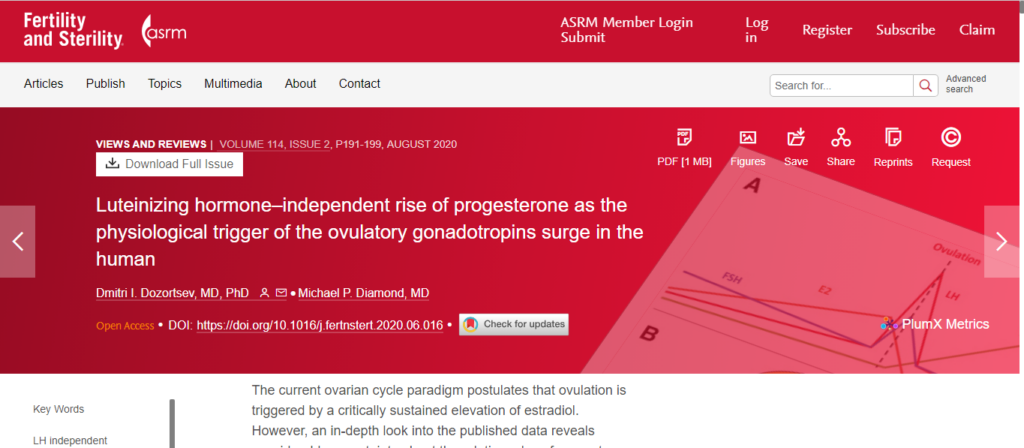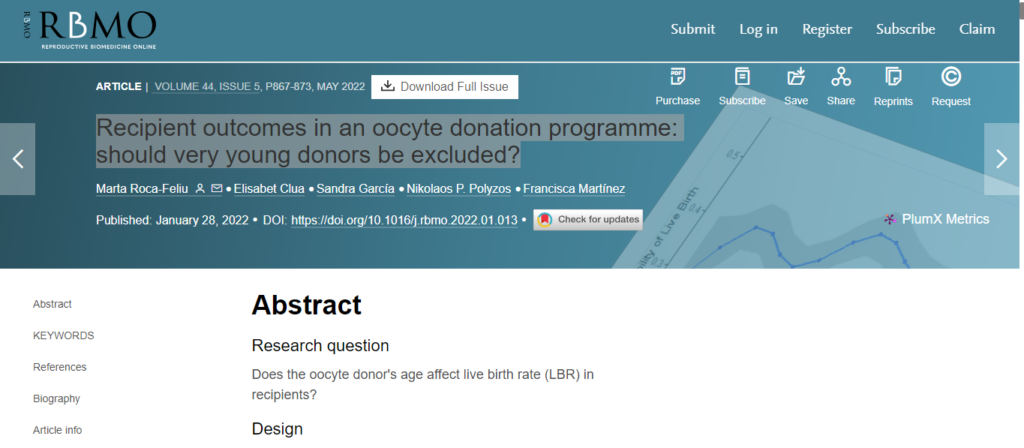Artificial insemination is a minimally-invasive procedure, which is why it’s often the front-line fertility treatment for couples struggling to become pregnant.
If you and your partner have been struggling to become pregnant, the recommended first step is to seek help from a fertility specialist. Once you’ve met with a specialist and undergone fertility testing, it’s likely that he or she will first recommend a treatment called “artificial insemination.” Because artificial insemination is quick, minimally-invasive, and has few side effects, it’s often the first fertility treatment couples will try.
The most common method of artificial insemination is called intrauterine insemination (IUI), in which a doctor inserts the sperm directly into the uterus. This allows the sperm to gain close proximity to the ovulated egg, offering greater odds of pregnancy. Many who have undergone artificial insemination find that they’re able to become pregnant and begin a family thanks to this treatment.
Who Is a Good Candidate for Artificial Insemination?
One of the reasons why artificial insemination is so popular — besides the relative ease of the procedure — is that it’s effective in addressing a number of factors that could cause infertility. For example, couples who are having trouble conceiving due to male infertility often have success with IUI because it reduces the number of obstacles between the sperm and the egg. This is a good solution for cases in which there is a very low sperm count or when the sperm aren’t strong enough to successfully swim up the Fallopian tubes.
IUI is also effective in treating female infertility, and is especially commonly suggested for women living with endometriosis or ovulation disorders. Women with “unreceptive cervical mucus” are also good candidates, as IUI allows sperm to bypass mucus that surrounds the cervix and can normally get in the way of insemination.
Finally, IUI is frequently recommended for single women who wish to become pregnant, for LGBT couples, and in cases when a doctor is unsure why a couple is infertile. Single women and LGBT couples often use sperm donors to undergo IUI.
What to Expect During Artificial Insemination
If you choose to move forward with artificial insemination, your doctor will likely provide you with an ovulation kit or a blood test to determine when you’re ovulating. An appointment will be scheduled for during ovulation to ensure optimal timing for a potential pregnancy. The male partner or sperm donor will then provide a semen sample, which the fertility clinic will “wash” within one hour of ejaculation.
The “washing” process removes unnecessary chemicals from the semen, improving the chances of pregnancy by increasing the concentration of sperm in the semen sample. The sperm sample is then placed in a thin tube and inserted through the vagina and cervix, directly into the uterus.
Most women who undergo IUI find that the procedure is short and relatively painless, although some women report mild discomfort similar to a Pap smear. Most women experience moderate cramping during the procedure and light bleeding afterward. The procedure shouldn’t take more than a couple of hours in its entirety, including 15 to 45 minutes of lying down to ensure the sperm remains inside the body.
Success rates with artificial insemination vary widely, as the procedure largely depends on the quality of the sperm and egg. Most doctors suggest attempting artificial insemination around three to six times before moving on to other fertility treatments such as in vitro fertilization (IVF). Your doctor may also recommend utilizing injectable hormones during these three to six attempts, which may improve the success rate of IUI.
If you think artificial insemination may be a good option for you and are interested in learning more, consider reaching out to the Advanced Fertility Center of Texas. We’re dedicated to helping you start the family of your dreams, and we’ll be with you every step of the way. Contact us today to schedule a consultation.



